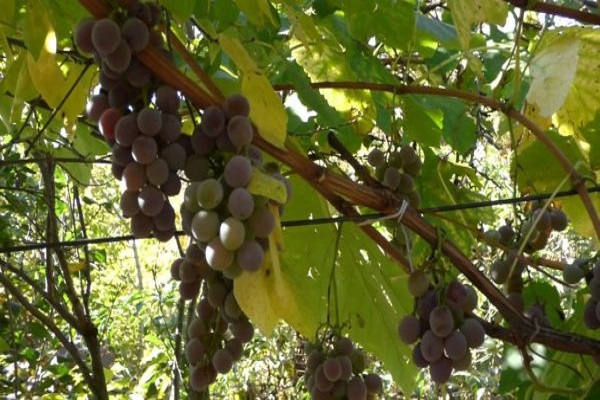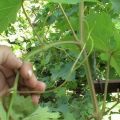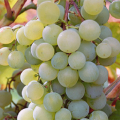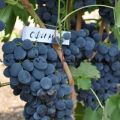Characteristics of the Lydia grape variety and a description of the advantages and disadvantages of the culture
Russian novice gardeners are in no hurry to plant grape vines on the plots, as they consider the culture demanding to growing conditions and taking a lot of time to care. And in vain. Breeders have bred many hybrids that are resistant to severe weather conditions and common diseases of this plant. Experienced growers advise paying attention to Lydia, a grape variety that has won fans around the world.
Breeding history of the variety
The merit of the emergence of a new hybrid belongs to American breeders. On the basis of the V. Labrusca grape variety, they created a new variety that is distinguished by a special aroma, versatility of use and a fairly high resistance to frost and attacks of insects and diseases, in particular fungi.

Today Lydia is successfully cultivated by winegrowers throughout the post-Soviet space and Europe. It can be found both on French plantations and on the sites of Russian gardeners.
Interesting! In the USA and European countries, Lydia berries are only eaten fresh. Wines from this grape variety are not only not produced, but generally prohibited for sale.
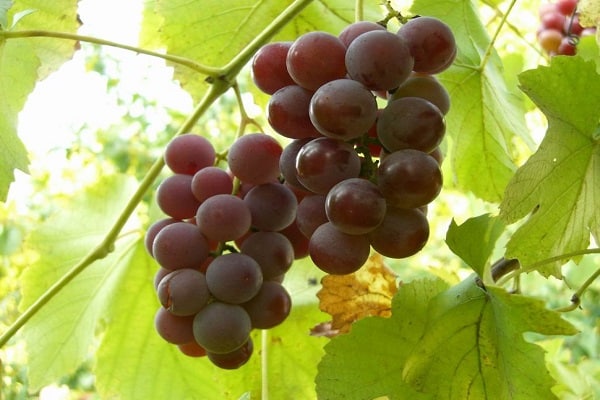
Description of Lydia grapes
Before you go to buy a seedling, you should study the description of the Lydia grape variety and find out all its advantages and disadvantages.
The general characteristics of grapes are as follows:
- The weight of one bunch of berries is no more than 120 grams, the weight of one grape is about 4 grams.
- The shape of the fruit of the vine is round-oval.
- The taste is sweet, has a delicate strawberry aroma.
- The leaves are five-lobed, medium dissection, large or medium in size.
- The color of the grapes is slightly pinkish, becoming dark red at full maturity.
The percentage of sugar is about 18-20%.
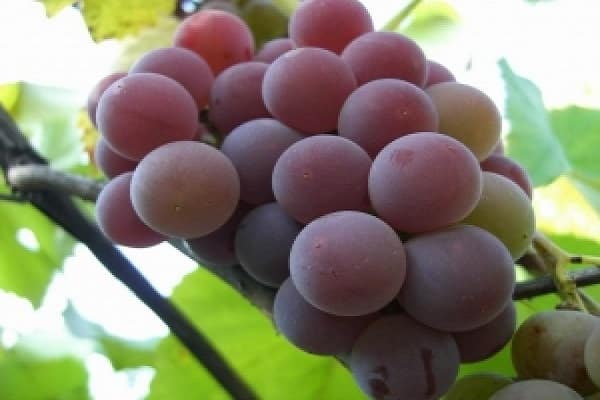
Advantages and disadvantages of the variety
Like any culture, Lydia has not only advantages, but also disadvantages that should be considered when planning the planting of bushes.
The indisputable advantages of the variety include:
- The aroma and taste of ripe berries.
- Versatility in application (juice is made from grapes, jam for the winter is made and eaten fresh).
- Use for decorating the site due to its attractive appearance.
- Unpretentious care and survival.
- Not afraid of waterlogging, frost and drought.
- The high calorie content of the fruit allows you to quickly feel full.
- Good resistance to diseases such as mildew and powdery mildew (powdery mildew).
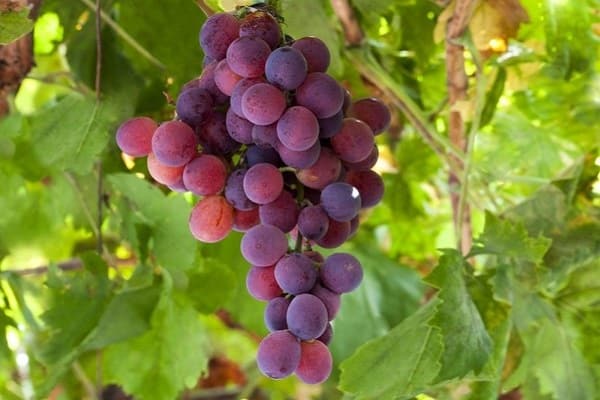
Gardeners consider the main disadvantages of the variety:
- Small size of berries.
- Frequent attack by grape aphids (phylloxera).
- If the harvest is delayed, the berries may fall off from gusts of wind.
- Low resistance to lime chlorosis.
Having weighed the pros and cons, they decide to plant the vine on the site.
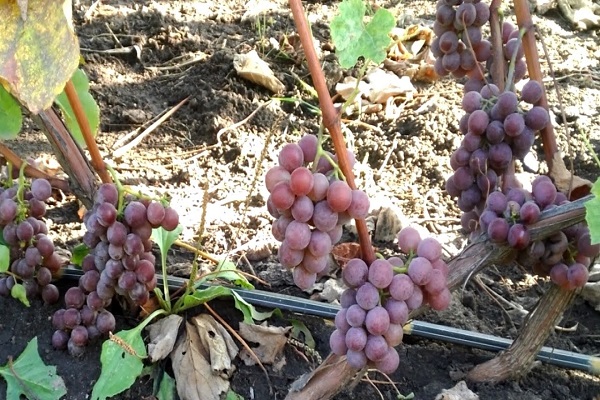
Ripening time and yield
Lydia belongs to the medium-ripening varieties. Bunches are not cut off until mid-autumn. The yield is quite high - with proper care and choosing a suitable place, up to 35-40 kg are harvested from one bush.
Planting tips
In order to harvest high yields of berries annually, you must carefully prepare the planting site. The grapevine bears fruit well in near-wall areas (this can be the wall of a house or a farm building). The main thing is that the bush does not grow in a draft and receive a sufficient amount of sunlight throughout the day.
In warm regions, autumn planting of seedlings is recommended, and in areas with cold winters, spring planting is preferable.
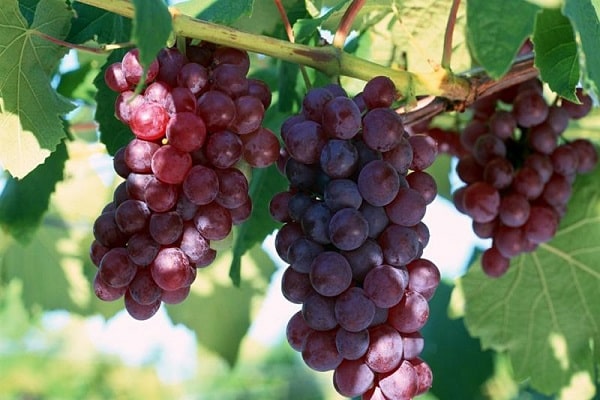
How to properly care for?
Any crop will thank the gardener with a harvest if it is properly cared for. Irrigation of grape bushes is carried out in the spring during the period of bud formation, next time it is watered when fruit sets. Another addition of water is necessary when the berries are poured.
In hot, dry weather, the trunk circle is moistened once a week.
Foliar dressing is done with mineral and organic fertilizers to saturate the vine with the necessary trace elements for growth and development. From mid-July, fertilization is stopped to give the plant the opportunity to prepare for winter and not to provoke the growth of young shoots.
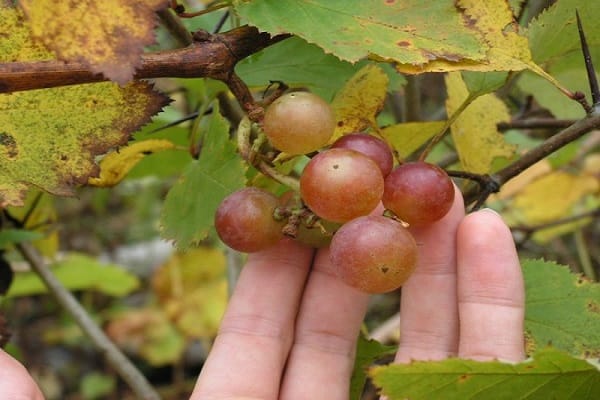
The vine also needs pruning. After winter, damaged and old branches are cut out. When the fruits ripen, stepchildren are removed.
Diseases and pests
With proper agricultural technology, the plant is resistant to fungal diseases of the culture and is rarely affected by pests. The only one that damages plantings is the grape aphid. If you do not take action in time, you can lose the entire crop. For treatment, insecticides of the latest generation are used, which are effective only at the initial stage of the defeat.
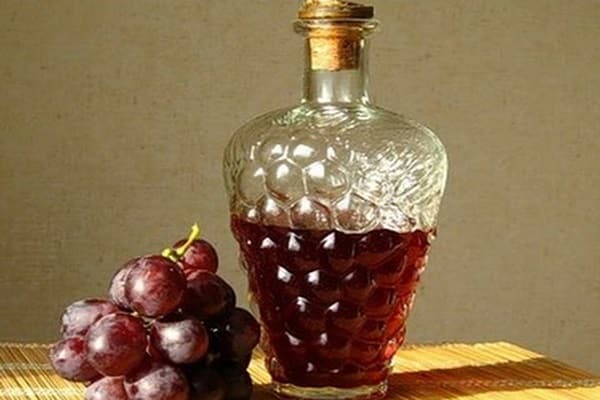
The best regions to grow
The best regions for growing are the southern regions of Russia, Moldova, east and south of Ukraine. In cold climates, the berries will not ripen in time.
